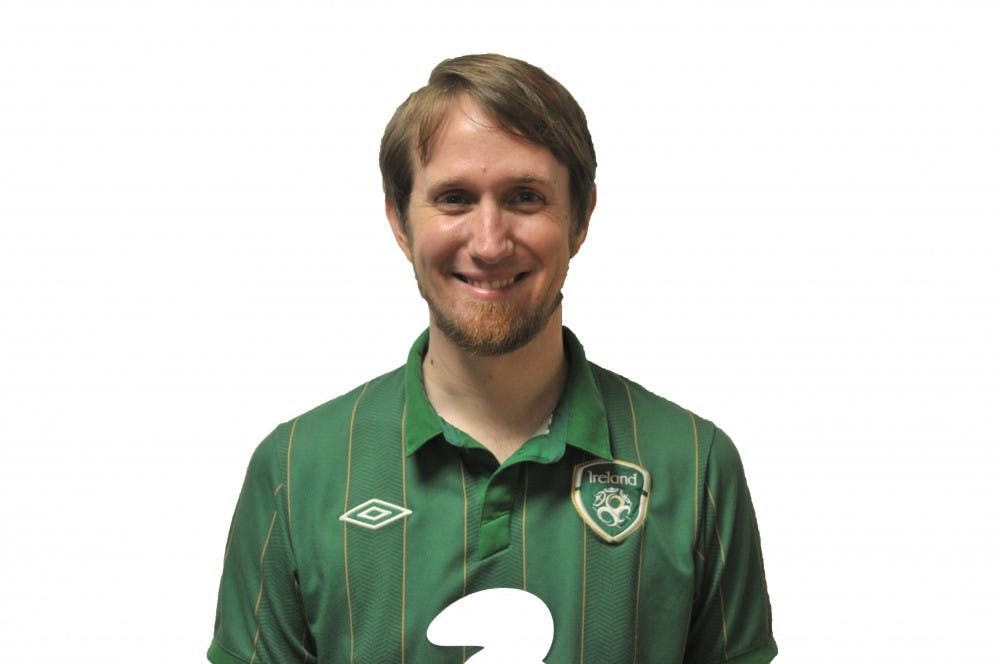B erkeley, 1969. Stude nt protesters and police clash in a confrontation that escalates to a point that the National Guard is called in. The source of the protest: the formation of a park. The following year in Kent, Ohio, a student protest of the Cambodian Campaign and the war in Vietnam results in National Guard involvement again, this time leaving four students dead. Fast forward to 2014. Silence.
Perhaps it’s not fair to say silence, but compared to student activist groups of the ’30s to ’70s, today’s protests are nearly nonexistent. There have been small demonstrations dealing with the Israeli-Palestinian conflict, as well the riots in Ferguson, Mo . What has caused this change in student involvement?
A feeling of too many problems to be able to affect change has begun to permeate the activism community. Too many problems and too little time. How is a student supposed to spend time contending for a cause, while also keeping up with school work?
Four years ago, Alan Haber, a student activist at the University of Michigan in the mid-’50s to early ’60s and the first president of the Students for a Democratic Society, spoke at a conference for the 50th anniversary of the formation of the group. According to Haber, this was a strategy initiated by the university system.
“They had some system planners [that thought], ‘How do we close down activism here at this institution?’” Haber said. “Well, you speed up the worker and ... you run it like a factory. ... now, you miss a day, you miss a week, you can’t do it,” Haber said. “You’re wasted around this noose of student debt or parental financial engagement or expectation, and you can’t just be an activist. I used to say activism is a five-year undergraduate degree, whatever your second major might be. You drop out, you take more time — but you can’t do that now.”
This line of thought is supported by a New York Times article from 2012, which states that, “Many of today’s new graduates find themselves heavily indebted, and to the same institutions that received multibillion-dollar bailouts in the financial crash. Median income is stagnant. Their public universities are underfinanced, and class sizes growing.”
The education system is one of the most important organizations in the world. Students do not attend just to get a piece of paper with some fancy writing. The act of learning is more than what goes on in a classroom. This is why being able to pursue activities is just as important as being able to study in whatever field one chooses.
Where there were singular issues facing students of the ’50s and ’60s — in particular the Civil Rights Movement and the Vietnam War — it is now much harder to find one cause for a majority of students to rally behind.
The passions of students today are split between interests such as LGBT rights, police brutality, reproductive rights, environmentalism, foreign troop deployments, feminism — the list is nearly endless. However, we’re prevented from uniting behind a singular cause due to the current fragmentation of ideals. We have been rendered ineffectual through stratagems of divide and conquer and cutting of supply lines.
This is why we need to stand together and challenge the system.
On April 14, 2012, over 500 students protested the government loan system for university students in Kuala Lumpur. They fought for a free education system that wouldn’t financially cripple their families, just for pursuing higher education.
A free post-secondary education system isn’t unheard of. Germany, Norway, Argentina and many others all have government-funded systems in place. China is working on turning to a free education system. America cannot continue to lag behind global education trends if it wishes to stay competitive. By turning to a tuition-free post-secondary system, student debt would be eliminated. With the $1 trillion student loan debt erased, students would be able to better concentrate without the shadow of debt burdening them. It would also allow students the time to be more engaged in activities outside the classroom. It is time to take a stand once more, to join in a singular cause, to make our voices heard.
Shawn Kelley is an LPS sophomore studying Japanese and history. His email address is skelley@sas.upenn.edu. “A Vet-ted Mind” appears every other Monday.
The Daily Pennsylvanian is an independent, student-run newspaper. Please consider making a donation to support the coverage that shapes the University. Your generosity ensures a future of strong journalism at Penn.
DonatePlease note All comments are eligible for publication in The Daily Pennsylvanian.






